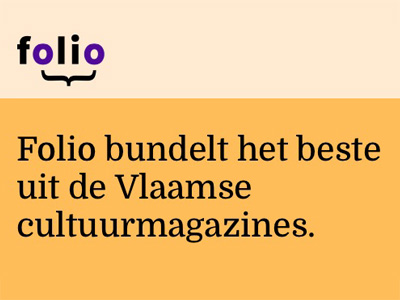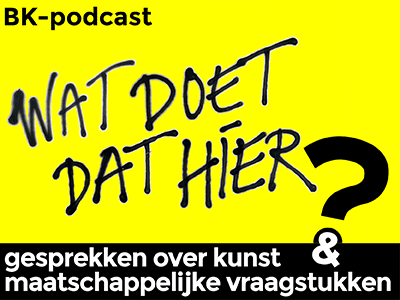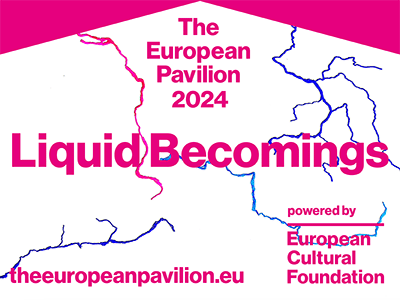The ‘celebrities’ participating in The World Question Center
Viva (1938) [born: Janet Susan Mary Hoffmann]: American actress; she performed in many films of Andy Warhol, among others: Tub Girls (1967), Bike Boy (1967), The Nude Restaurant (1967) and Blue Movie (1967).
Eberhard Kronhausen (1915-2009), American psychologist and sexuologist. Together with his wife Phyllis, he published books, made exhibitions and films (among which Freedom to Love, 1969) in which they advocated liberal sexual attitudes.
Robert Jungk (1913-1994) [born: Robert Baum], German writer, journalist and futurologist; in 1964 he became co-editor of the book series Modelle für eine neue Welt; in the same year he founded the Institut für Zukunftsfragen in Vienna; in 1969 he published the book Eskalation der neuen Waffen.
Denton A. Cooley (1920), American heart surgeon; in 1969 he was the first surgeon to implant an artificial heart.
Uri Avnery (1923) [born: Helmut Ostermann], Israelian writer and founder of the Gush Shalom peace movement; from 1965 to 1974 and from 1979 to 1981 he was a member of the Knesset, the Israeli Parliament; author of Israel Without Zionists: A Plea for Peace in the Middle East (1968).
Mies Bouwman (1929) [born: Maria Antoinette Bouwman], Dutch television presenter, who hosted numerous talk and games shows; she had also been the host of the first fund-raising show on Dutch Television in 1962.
Jean Toche (1932), Belgian artist who moved to New York in 1965; he co-founded (with Jon Hendricks) the Guerilla Art Action Group in 1969.
John Cage (1912-1992), American composer and music theorist; he composed the work Cheap Imitation for piano in 1969, which turned out to be the last piece he would play himself.
David Pascal (1918-2003), American cartoonist, whose work was regularly published in The New Yorker; in 1968 he received the National Cartoonist Society Advertising and Illustration Award.
Luciano Berio (1925-2003), Italian composer; in 1968 he produced O King, a piece in memory of Martin Luther King, which was integrated in his famous work Sinfonia in 1969.
Simon Vinkenoog (1928-2009), Dutch poet and writer; in 1969 he co-published (with Jean-Paul Vroom) How To Enjoy Reality, a pamphlet on drugs, in an issue of International Times.
Stefan Themerson (1910-1988), Polish-British writer, filmmaker and composer, who worked closely with his wife Franciszka; in 1968 his own publishing house Gaberbocchus Press released his book Apollinaire’s Lyrical Ideograms.
James G. Butler (1920-2005), American lawyer, civil rights activist and art collector; in 1969 he was married to Eugenia Louise Jefferson, who ran the Eugenia Butler Gallery in Los Angeles, in which James Lee Byars exhibited several times.
Georges Adé (1936-1992), Belgian writer and Romance philologist, who published the novel De Hemel in 1968; in 1969 he was co-founder of the Antwerp alternative art institute A 37 90 89.
Hubert Peeters (1919-2015), Belgian doctor, clinical biologist and art collector; his collection was exhibited in the Van Abbemuseum (Eindhoven) in 1968 (together with the collections of Mia & Martin Visser and Agnes & Frits Becht); in 1969 he was co-founder of the Antwerp alternative art institute A 37 90 89.
Marcel Broodthaers (1924-1976), Belgian poet and artist; he founded the Musée d’Art Moderne, Département des Aigles in his own house in 1968; in 1969 he was co-founder of the Antwerp alternative art institute A 37 90 89.
Arthur C. Clarke (1917-2008), British science fiction writer; in 1968 he co-authored (together with Stanley Kubrick) the screenplay of 2001: A Space Odyssey.
Christopher Wolfgang Alexander (1936), Austrian architect; in 1968 he co-authored (together with Sara Ishikawa and Murray Silverstein) A pattern language which generates multi-service centers.
John Brockman (1941), American management consultant, literary agent and writer; in 1969 he published his first book By the Late John Brockman.
Jean-Pierre Faye (1925), French philosopher, writer and co-founder of the French magazines Tel Quel and Change; in 1968 he was the co-founder of the Union des écrivains, an organization which supported Czechoslovakian writers after the crushing of the Prague Spring.
Gisela Elsner (1937-1992), German writer and member of the German Communist Party; in 1970 she published the highly contested novel Das Berührungsverbot, of which earlier excerpts had been published in the Swiss magazine Konkret.
Lenita Airisto-Melin (1937), Finnish fashion model and journalist; at the end of the sixties she participated in the Finnish late show Jatkoaika [Extra Time]. This appearance would launch her career as a (controversial) opinion leader.
Burt Prelutsky (1940), American journalist; in 1969 he was a humor columnist for the L.A. Times; in the same year he was involved as a script writer for the Dragnet television series.
Cedric Price (1934-2003), British architect and writer; in 1969 he co-published (with Reyner Banham, Peter Hall and Paul Barker) the manifesto Non-Plan: An Experiment in Freedom, in which planning orthodoxy was critized.
Michael Scriven (1928), British philosopher; in 1969 he was Professor of Philosophy at the University of California, Berkeley; in the same year he coined the term ‘meta-evaluation’.
Walter Hopps (1932-2005), American museum director and curator of contemporary art; in November 1969 he was the director of the Corcoran Gallery of Art in Washington, where he made a show with Sam Gilliam, Rockne Krebs and Ed McGowin.
Sam Rosenkranz (?), American thinker who was an associate fellow (together with Walter Hopps and Edward de Grazia) at the Institute for Policy Studies in Washington, a left-wing think tank which was founded in 1963.
Edward de Grazia (1927-2013), American lawyer, specialized in human rights litigation; he was an associate fellow (together with Walter Hopps and Sam Rosenkranz) at the Institute for Policy Studies in Washington, a left-wing think tank which was founded in 1963; in 1969 he published the book Censorship Landmarks.
Reyner Banham (1922-1988), British architectural historian and critic; in 1969 he was a professor at the University College in London and he published the book The Architecture of the Well-Tempered Environment.
Jörg Immendorff (1945-2007), German artist, who studied in the class of Joseph Beuys at the Kunstakademie Düsseldorf; he co-founded (with Chris Reinecke) the artist’s group LIDL; in 1969 LIDL set up a number of activities at the Antwerp alternative art institute A 37 90 89.
Joseph Beuys (1921-1986), German artist; in 1967 he founded the Deutsche Studentenpartei as a response to the killing of the student Benno Ohnesorg during a manifestation against the visit of Mohammad Reza Pahlavi (the Shah of Persia); in 1969 he was a professor at the Kunstakademie Düsseldorf and realized his famous work Das Rudel.
Hans Hollein (1934-2014), Austrian architect; in 1969 he was a professor at the Kunstakademie Düsseldorf and editor of the magazine Bau; in the same year he designed the Mobile Office, a take-along-workspace to blow up.
Hubert Kronenburg (1925-2000), Dutch lawyer, based in Breda; in 1969 he was a member of the Dutch Parliament, forming a one man Parliamentary Group after having left the Boerenpartij [Farmer’s Party].
Jerzy Kosinski (1933-1991) [born: Józef Lewinkopf], Polish-American writer; in 1965 he published the controversial novel The Painted Bird; in 1969 he received the National Book Award for his book Steps.
Michael McClure (1932), American poet, writer, member of the Beat generation and representative of the Hippie counterculture; in 1967 he read at the famous Human Be-In manifestation in Golden Gate Park in San Francisco.






